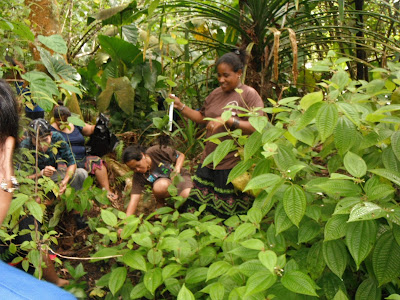Liked and disliked laboratories
Laboratories are at the core of the SC 130 Physical Science . While in-class tests and quizzes provide information on academic achievement, how the students react affectively to these laboratories is also important in the course design. The course is not listed as a requirement by any major at the college, thus the course most frequently serves students taking the course to satisfy their general education science with laboratory requirement. The students are not planning a career in science and likely contain a larger percentage of students for whom science is not attractive as a subject of study. A goal of mine is to open up the thinking of the students. My best hope is that through the course the students will come to have an interest in science, see that even simple topics can be interesting, and gain an appreciation of how science is done. As an affective learning domain study, students were asked to choose their favorite laboratory and provide comments on why that laboratory





